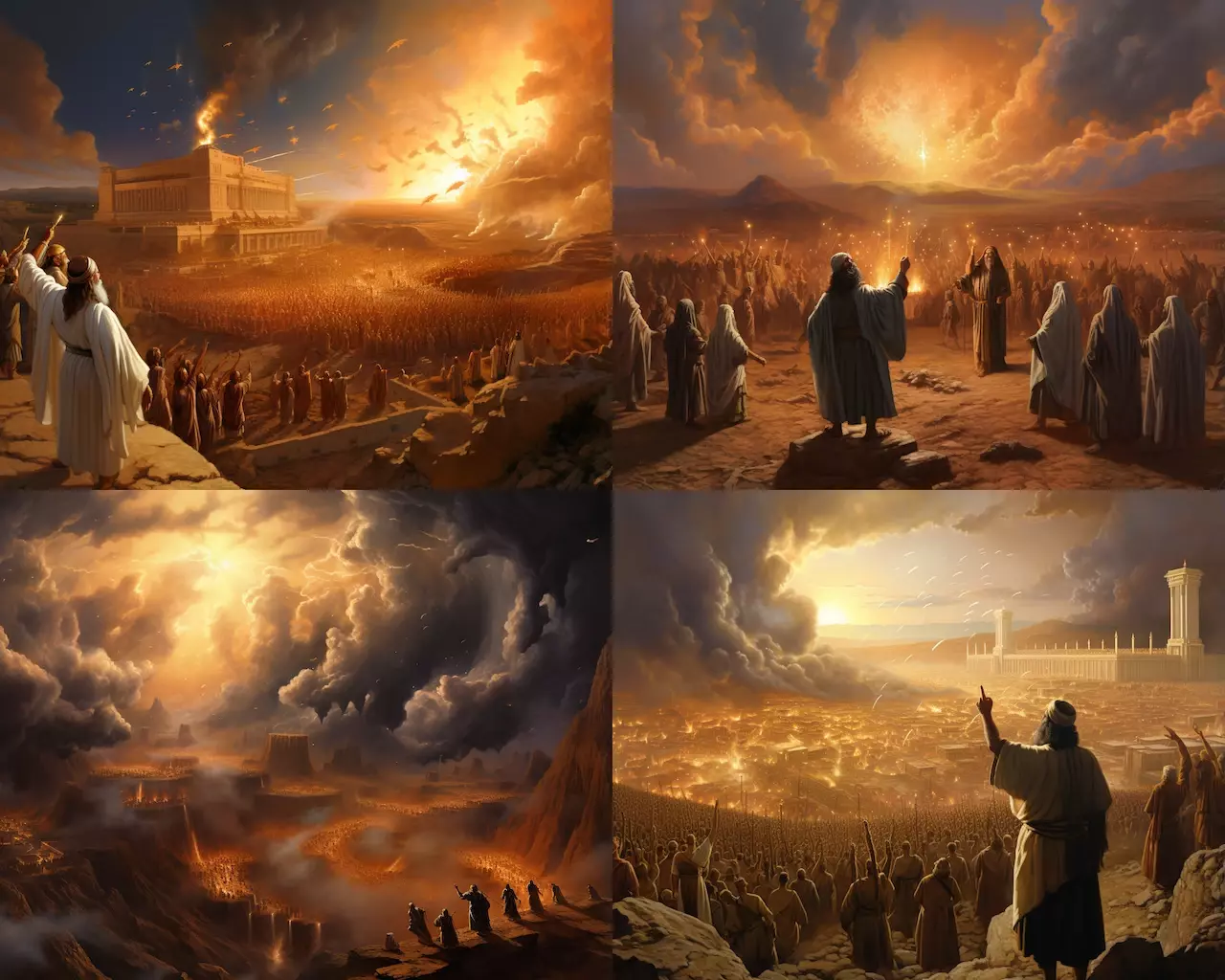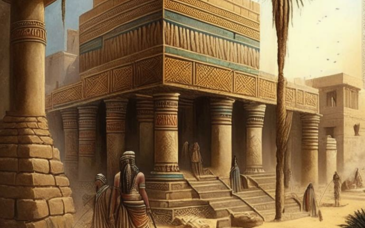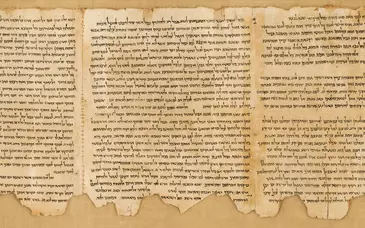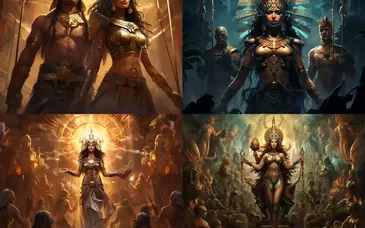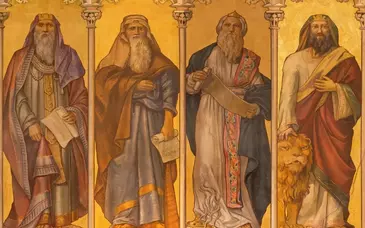The Hebrew Bible contains many stories about prophets, including Moses, Elijah, and Isaiah. These prophets were often called upon to deliver God's message to the people, and their words were often interpreted as warnings or instructions from God.
The prophets also played an important role in shaping Israelite culture and beliefs. Their prophecies often reflected the concerns and values of the people, and they helped to define what it meant to be an Israelite.
For example, the prophets often spoke out against social injustice and oppression. They called for the people to care for the poor and the marginalized, and they condemned those who exploited the weak.
The prophets also played an important role in the development of Israelite monotheism. They proclaimed that there was only one God, and they rejected the worship of other gods.
The prophets' words had a profound impact on ancient Israelite culture and beliefs. They helped to shape the people's understanding of God, their place in the world, and their responsibilities to one another.
Here are some of the key insights into ancient Israelite culture and beliefs that can be gained from studying prophets and prophecies:
- The Israelites believed that God spoke to them through prophets.
- The prophets were often called upon to deliver God's message to the people, and their words were often interpreted as warnings or instructions from God.
- The prophets played an important role in shaping Israelite culture and beliefs.
- The prophets often spoke out against social injustice and oppression.
- The prophets helped to develop Israelite monotheism.
- The prophets' words had a profound impact on ancient Israelite culture and beliefs.
The prophets were a complex and fascinating group of people. They were both revered and feared, and their words continue to be studied and debated today.
